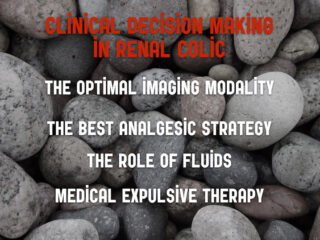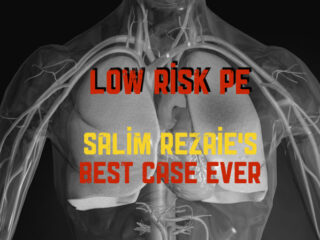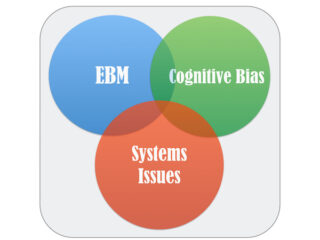BEEM Cases 2 – Renal Colic Imaging, Analgesia, Fluids & Medical Expulsive Therapy
Urolithiasis is one of the more frequent diagnoses we are faced with in the Emergency Department, with an estimated 1 million ED visits due to renal colic. As such we are tasked with its diagnosis, prognosis and treatment. The following is a brief summation of the evidence regarding some of the most frequent questions encountered when diagnosing and managing urolithiasis. Four questions are answered by Rory Spiegel on this BEEM Cases. What is the optimal initial imaging modality for the diagnostic work-up of urolithiasis? Once the diagnosis of renal colic has been made what is the most efficacious analgesic strategy? Is there clinical utility to IV fluid administration in the management of renal colic? What is the use of medical expulsion therapy in the management of urolithiasis?




